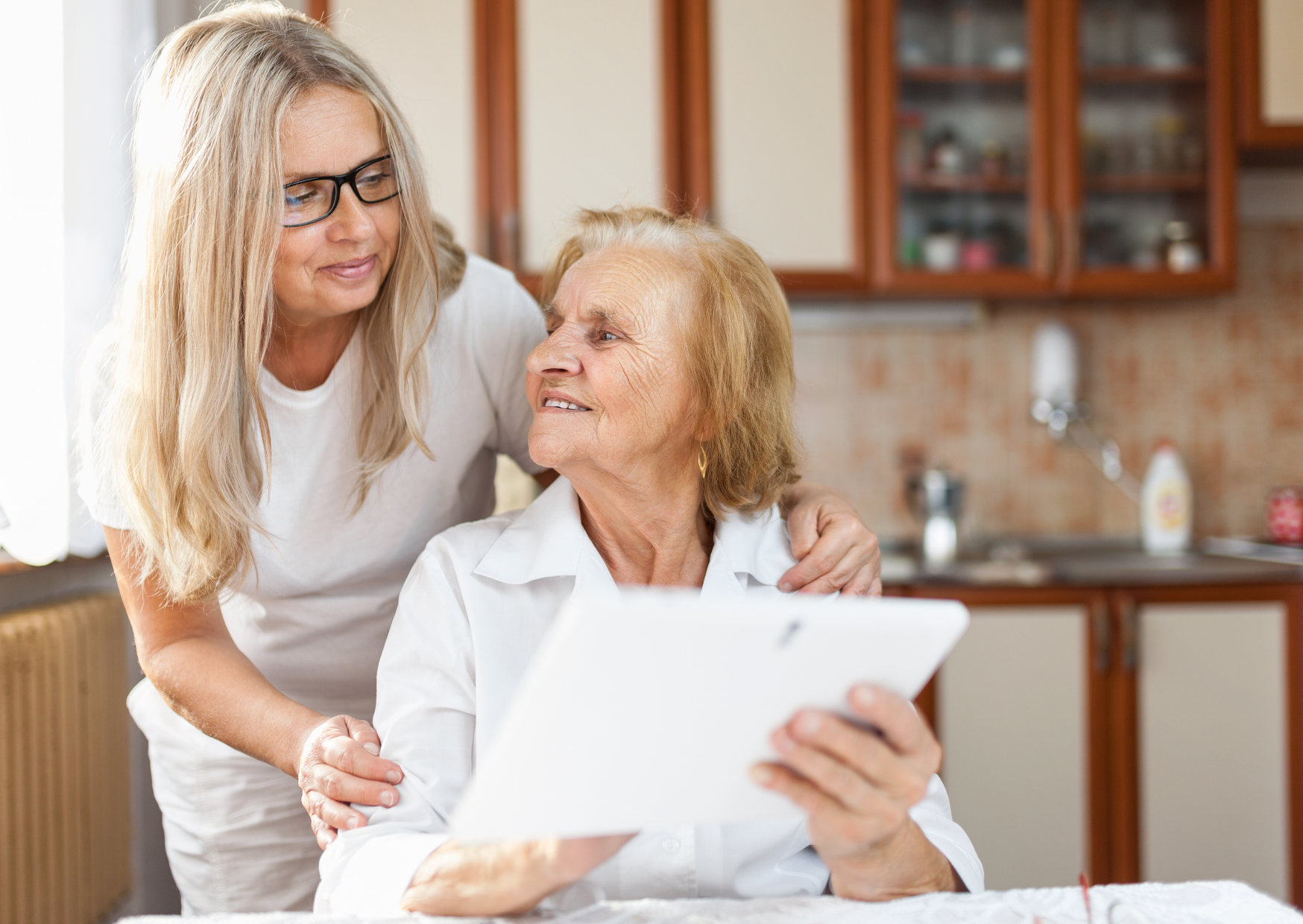Being a senior caregiver is a role that demands a high level of organization, patience, and dedication. As the population ages, more people find themselves stepping into this role, whether for a parent, a spouse, or another loved one. The responsibilities of a senior caregiver can range from managing daily tasks like medication administration and meal preparation to handling more complex duties such as coordinating medical appointments and navigating the healthcare system. With so many tasks to juggle, effective organization becomes essential. An organized approach not only makes caregiving more manageable but also ensures that the care provided is consistent and of high quality.
One of the most critical aspects of being an organized senior caregiver is developing a routine. Establishing a daily and weekly schedule helps to create a sense of predictability and stability, which is beneficial for both the caregiver and the care recipient. A well-structured routine allows for better time management, ensuring that all necessary tasks are completed without overwhelming the caregiver. For example, setting specific times for meals, medication, and activities helps to create a rhythm to the day that can reduce stress and confusion. It’s also important to include time for personal care and relaxation, as caregiver burnout is a real concern in this demanding role.
In addition to creating a routine, a senior caregiver should consider maintaining a detailed calendar. This can be a physical calendar, a planner, or a digital tool, depending on what works best for the individual. A calendar helps to keep track of appointments, medication schedules, and important dates. It’s also useful for tracking the progress of ongoing tasks, such as managing chronic conditions or organizing home care services. For a senior caregiver, having all this information in one place makes it easier to stay on top of things and reduces the likelihood of missing important appointments or deadlines.
Another key organizational strategy for senior caregivers is to keep all important documents in one easily accessible location. This includes medical records, insurance information, legal documents such as power of attorney, and contact information for healthcare providers. Having these documents organized and readily available is crucial in emergencies when quick access to information is necessary. A well-organized file system, whether physical or digital, can make a significant difference in the efficiency of care. It’s also helpful to maintain a list of medications, including dosages and schedules, as this can be shared with healthcare providers and other family members involved in the care.
Communication is another essential element of organization for a senior caregiver. Keeping open lines of communication with family members, healthcare providers, and other caregivers is vital to ensure that everyone is on the same page. This can involve regular family meetings to discuss the care plan, updates on the senior’s condition, and any changes in the caregiving routine. It’s also important to document communications, such as notes from doctor’s appointments or changes in medication, as this information can be crucial for ongoing care. A senior caregiver who is well-organized in their communication efforts can help prevent misunderstandings and ensure that the care provided is consistent and aligned with the care recipient’s needs.
In addition to managing the day-to-day tasks, a senior caregiver should also consider the long-term aspects of caregiving. This includes planning for future needs, such as potential changes in the care recipient’s health or living situation. Being proactive and considering these possibilities can help a caregiver stay organized and prepared for whatever challenges may arise. For instance, researching assisted living options or home modifications in advance can save time and reduce stress if these services become necessary.
Technology can be a valuable tool for a senior caregiver looking to stay organized. There are numerous apps and digital tools designed to assist with caregiving tasks, from medication reminders to appointment scheduling. These tools can help streamline the caregiving process and provide useful features such as alarms, notifications, and the ability to share information with other caregivers. Embracing technology can reduce the cognitive load on a senior caregiver, making it easier to manage the many responsibilities that come with the role.
Finally, self-care is an often overlooked but crucial aspect of being an organized senior caregiver. Taking care of oneself is not only important for the caregiver’s well-being but also for their ability to provide effective care. This includes getting enough rest, eating well, and taking time to relax and recharge. An organized caregiver who prioritizes self-care is better equipped to handle the demands of caregiving and is less likely to experience burnout. It’s also important for caregivers to seek support when needed, whether through respite care, support groups, or counseling. Recognizing the limits of what can be managed alone and reaching out for help is a key part of staying organized and maintaining a healthy caregiving relationship.
Being a senior caregiver is a challenging role that requires a high level of organization. By establishing routines, maintaining a detailed calendar, organizing important documents, communicating effectively, planning for the future, utilizing technology, and prioritizing self-care, a senior caregiver can manage their responsibilities more efficiently. These strategies not only help to reduce stress but also ensure that the care provided is consistent, effective, and aligned with the needs of the care recipient. As the demand for caregiving continues to grow, these organizational tips can make a significant difference in the quality of care provided and the well-being of both the caregiver and the care recipient.




.png)